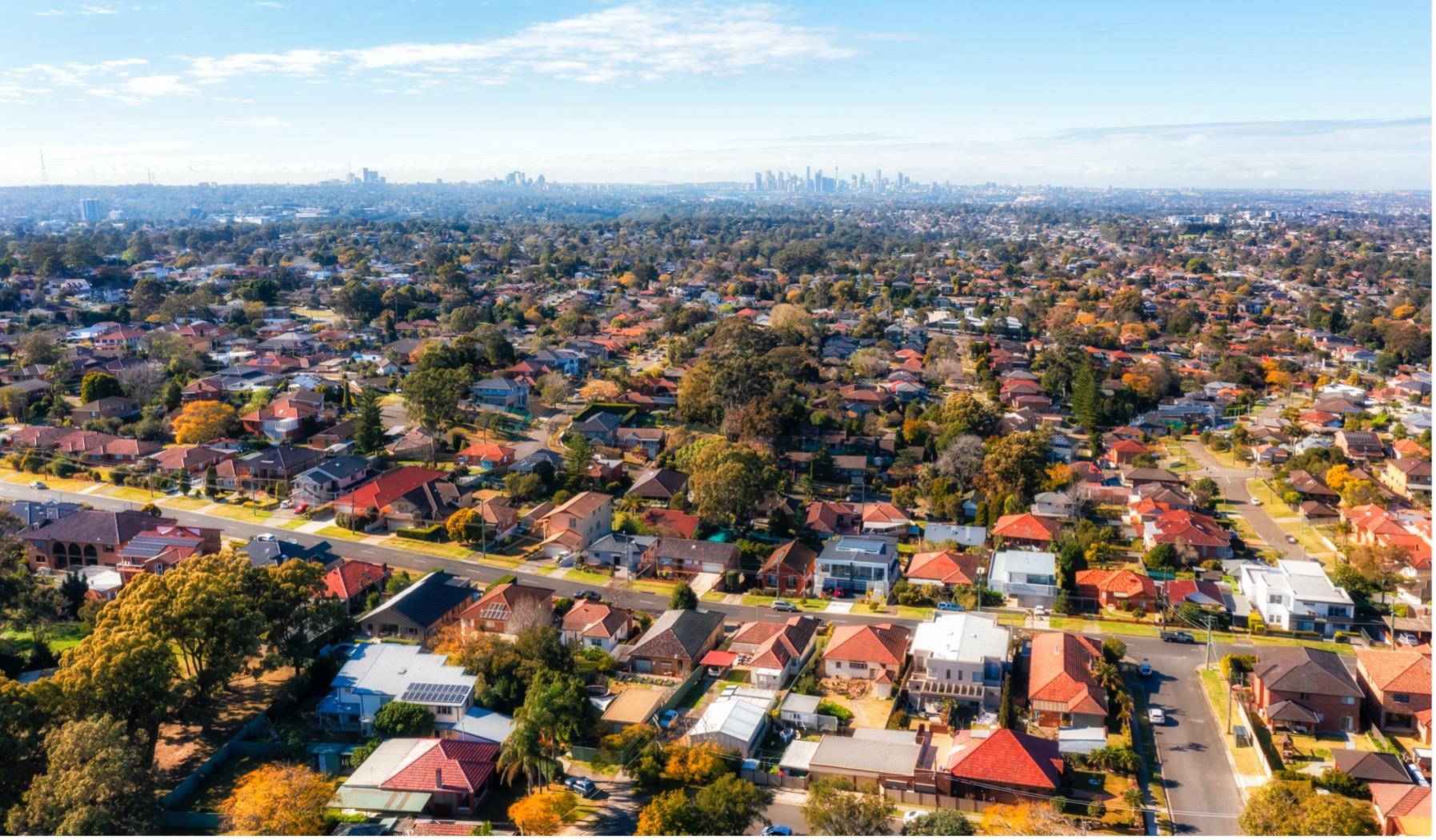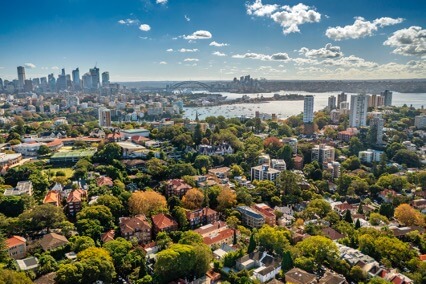Borrowing capacity takes another hit following latest rate hike
The Reserve Bank of Australia’s interest rate hikes may have shaved tens or even hundreds of thousands of dollars off buyers’ borrowing power in less than six months, new data has revealed.
But some unsuspecting buyers may not have quantified the full impact on their ability to purchase a new home.
The RBA raised the cash rate by a further 25 basis points to 2.6% in October, the sixth straight increase in a row.
According to PropTrack, the string of hikes has lowered a person’s borrowing capacity by 21.6% since April.

Borrowing capacity has plummeted more than 20% since the RBA began raising rates. Picture: Getty
PropTrack senior economist Paul Ryan said it's one of the sharpest contractions in borrowing capacity that Australia has ever seen.
“It is natural that households will have some difficulty adjusting to what is a very sharp change in financing conditions over what has been a pretty short period of time,” Mr Ryan said.
While the modelling is based on the impact of interest rates, it doesn’t take into account other factors such as the rising cost of living.
“Rising expenses is the other part reducing borrowing capacity not used in these calculations ,” Mr Ryan said.
“It’s kind of a double whammy at the moment.”
How far borrowing power has fallen
The PropTrack data shows Tuesday’s hike may have reduced the amount a buyer can borrow by tens of thousands of dollars – on top of what has already been lost this year.
A borrower who qualified for a $500,000 loan in April would now only be able to borrow $391,962, the data shows, a fall of $108,000.
A borrower previously able to borrow $750,000 may now only be eligible for a loan of $587,944. A more-than $160,000 decline.
These calculations assume lenders pass on each rate hike in full to variable home loan customers.
|
Month |
RBA hike |
Borrowing capacity |
Change |
||||
|
April |
0 |
$500,000 |
$750,000 |
$1,000,000 |
$1,500,000 |
$2,000,000 |
0 |
|
May |
+0.25% |
$489,077 |
$733,616 |
$978,155 |
$1,467,232 |
$1,956,310 |
-2.18% |
|
June |
+0.5% |
$466,311 |
$699,466 |
$932,621 |
$1,398,932 |
$1,865,243 |
-6.74% |
|
July |
+0.5% |
$444,233 |
$666,349 |
$888,466 |
$1,332,699 |
$1,776,931 |
-11.15% |
|
August |
+0.5% |
$422,055 |
$633,082 |
$844,110 |
$1,266,164 |
$1,688,219 |
-15.59% |
|
September |
+0.5% |
$401,597 |
$602,396 |
$803,194 |
$1,204,791 |
$1,606,389 |
-19.68% |
|
October |
+0.25% |
$391,962 |
$587,944 |
$783,925 |
$1,175,887 |
$1,567,850 |
-21.61% |
Source: PropTrack
For a borrower who was initially able to borrow $1 million, they may now only be eligible for around $784,000.
As a general rule of thumb, Mr Ryan said a buyer’s borrowing capacity drops by roughly 5% each time the RBA increases the cash rate by 50 basis points – assuming a lender passes on the hike in full.
However, it’s worth noting there are several factors that influence a buyer’s borrowing capacity beyond interest rates, such as their monthly expenses, employment and household debt.
Borrowers urged to stay engaged with their broker
With interest rates expected to continue rising over the months ahead, Mortgage Choice broker Christopher Ladley said regular communication between clients and brokers is more important than ever.
“Customer’s absolutely need to keep in touch with what they're looking at and what's going on, just so that we're across any potential issues before they become issues,” Mr Ladley said.

Borrowing power falls around 5% each time the cash rate jumps 50 basis points. Picture: Getty
He said it’s also important for borrowers to be aware of their banks terms on pre-approval, with some lenders not honouring the pre-approved loan amount for the 90-day period if interest rates rise.
“What we have learned when all this started going on is that some lenders will absolutely honour the 90-day period,” Mr Ladley said.
“But some lenders who may have issued pre-approvals when interest rates were 3%, , may now not honour [the pre-approved amount], given rates are now around 4.5%.”
One way borrowers may be able to improve their borrowing capacity, Mr Ladley said, is to look at their discretionary spending.
“There's not much people can do about gas bills or their electricity or petrol costs.” he said.
“A lot of people out there still spend a lot of money on Uber Eats deliveries, going out to dinner three nights a week, so there's still a lot of discretionary spending going on.
“If you can cut back some of that discretionary stuff, then maybe you can actually get the loan you want.’’
Credit cards, buy-now-pay-later accounts and personal debts also weigh on borrowing capacity.
Borrowing capacity falling faster than property prices
Property prices fell 0.19% nationally in September, according to the latest PropTrack Home Price Index, with prices now down 3.4% from the March 2022 peak.
For borrowers who have been holding out for a more affordable property, Mr Ryan said falling borrowing capacities may become the next hurdle.
“We're not expecting property prices to fall as much as their borrowing capacity so it means that households may need to find that money elsewhere because they can't borrow it,” he said.
Alternatively, Mr Ryan said buyers would need to realign their expectations.
“Broadly speaking, there’s evidence that people are adjusting their expectations towards more modest homes,” he said.

Borrowing power is falling faster than property prices. Picture: realestate.com.au
Sydney based buyer’s agent Sebastian James said that was already happening with a growing number of clients.
“We see it as a sensitivity from not wanting to overextend themselves,” Mr James said.
“We're being engaged a lot more frequently these days, purely to stop them from overspending because people are unsure of values.”
It comes as a new survey from NAB revealed borrowing capacity tops the list of what’s most important when purchasing a home.
The survey of real estate agents, owners, investors and property professionals found more than eight in ten (82%) said the amount buyers were prepared to borrow to buy was the biggest factor, up from 74% a year ago before interest rates started rising.
Location ranked second, with 60% highlighting good local shopping, restaurants and other amenities as key. House size was also increasingly important at 57%, up from 50% in 2021.



